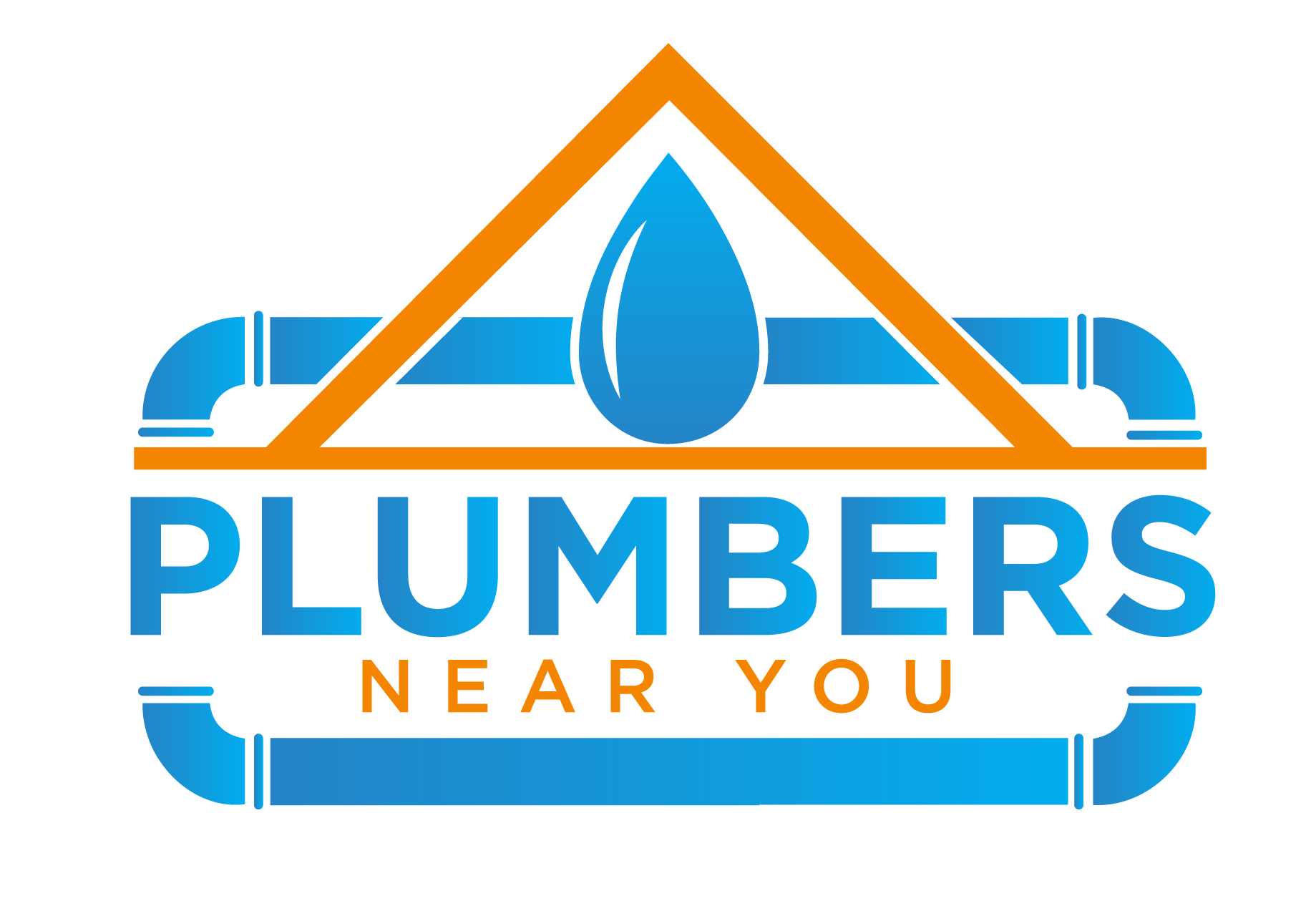How to Prevent and Clear Clogged Drains
Knowing how to prevent clogged drains will help keep your plumbing system in good shape. Learning how to unclog a drain will also help you avoid an expensive service call from the plumber.

Clogged drains are a common home plumbing problem, especially during the warmer months when we take more showers. The culprit is often hair that goes down the drain, but it’s not the only cause. Knowing how to prevent clogged drains will help keep your plumbing system in good shape. Learning how to unclog a drain will also help you avoid an expensive service call from the plumber.
Prevention Tips:
The best way to keep drains clear is to limit what you put in them.
- Keep food, coffee grounds and grease out of kitchen drains.
- Put leftover food in the trash or compost heap, not the garbage disposal.
- Pour liquid grease into a sealable container. After it cools, put it in the trash or take it to a recycling center.
- Keep hair and soap scum out of bathroom drains. Cover your tub and shower drains with a mesh screen or a perforated shower drain hair catcher. Either one will collect the hair and let the water run through.
- A shower drain hair catcher may be made of stainless steel, silicone or a combination of both. Another way to keep hair from clogging the shower drain is to replace the shower or tub stopper with one that has a built-in screen.
- Brush your hair before you shower or take a bath.This process removes loose hair and keeps it from clogging the shower drain. If you must bathe your dog in the tub or shower, place a washcloth over the drain. The amount of hair a dog sheds during a bath can even clog your regular shower drain hair catcher.
- Watch what you flush. Toilets are designed to handle human waste and toilet paper. Flushing dense, stringy or bulky materials can cause a clog
- Dental floss, feminine hygiene products and other household waste should go in the trash instead.
Related: A Guide to Leaks, Clogs, and Other Plumbing Issues You Can Fix
Try these tips to remove hair and other clogs before you call a plumber:
Check the drain stopper. If you find hair or other debris, remove the drain stopper, clean it and then reassemble it.
Use the plunger. Cover the drain with the plunger bell so the edges seal, then push in and pull out, forcing water up and down the pipes. If the clog is in the sink, run at least two inches of water before using the plunger.
Use a plumbing snake. If a drain is still clogged after you try the plunger, you’ll need to use a plumbing snake (also called an auger). Push the snake down the drain, twisting as it moves around corners. The corkscrew tip of the snake grabs hair and other blockages so you can pull them out.
Get to know your P-trap It is the U-shaped drainpipe under your bathroom and kitchen sinks, which you can unfasten to check for clogs or insert a plumbing snake. Place a bucket under the trap to collect water and debris. The P-trap under your tub is not as easily accessible, so try plunging or snaking through the tub drain first. For bathtub clogs, you can also remove the overflow plate and stopper from your tub drain. Cover the overflow plate with a damp sponge and plastic to get a good seal. Then plunge the tub drain. If plunging doesn’t clear the clogged drain, insert the snake through the overflow plate and work it down past the P-trap. Removing the tub P-trap should be a last resort.
For shower clogs, try a handy tool found in your clothes closet. Remove the drain stopper and use a straightened wire coat hanger with a bent tip to easily grab a hair clog. Use a plunger to remove the clog or bring it closer to the surface so you can reach it. If plunging doesn’t work, try the snake. You might also consider using a natural remedy to remove hair and other organic matter from the shower drain. Pour one cup of baking soda down the drain, followed by one cup of vinegar. Let the solution bubble and foam for a few minutes, then pour a kettle of hot (not boiling) water down the drain. Let the mixture sit for a couple of hours. If your drain still isn’t clear, repeat the process.
How to Keep Your Drains Clean
- Clean your drains once a week. Pull out the pop-up stopper in your bathroom sink, remove any debris in the drain, and rinse the stopper before reinserting it. Remove the drain stopper from your shower or tub drain and use a bent wire or hair-catching brush to remove hair and other debris.
- Flush your drains weekly. Fill your tub with hot water and then drain it. Run hot water down the shower drain at the end of each shower.
- Deep clean your tub drain once a month. Remove the overflow plate and raise the pop-up assembly to reach the spring or rocker arm. Remove any hair or other debris and rinse the pop-up assembly well before replacing it.
- Use a bacterial drain cleaner once a month to maintain your drains. Unlike chemical drain cleaners, bacterial drain cleaners are biodegradable and non-corrosive, so they won’t damage your pipes. Preventing sink, tub and shower clogs before they occur is the best way to keep drains clear year-round. All it takes is some regular cleaning and a little maintenance.
Related: Do Home Warranties Cover Plumbing?
AHS assumes no responsibility, and specifically disclaims all liability, for your use of any and all information contained herein.
NO TWO HOMES ARE THE SAME. THAT’S WHY WE HAVE OPTIONS. FIND A PLAN THAT FITS.



